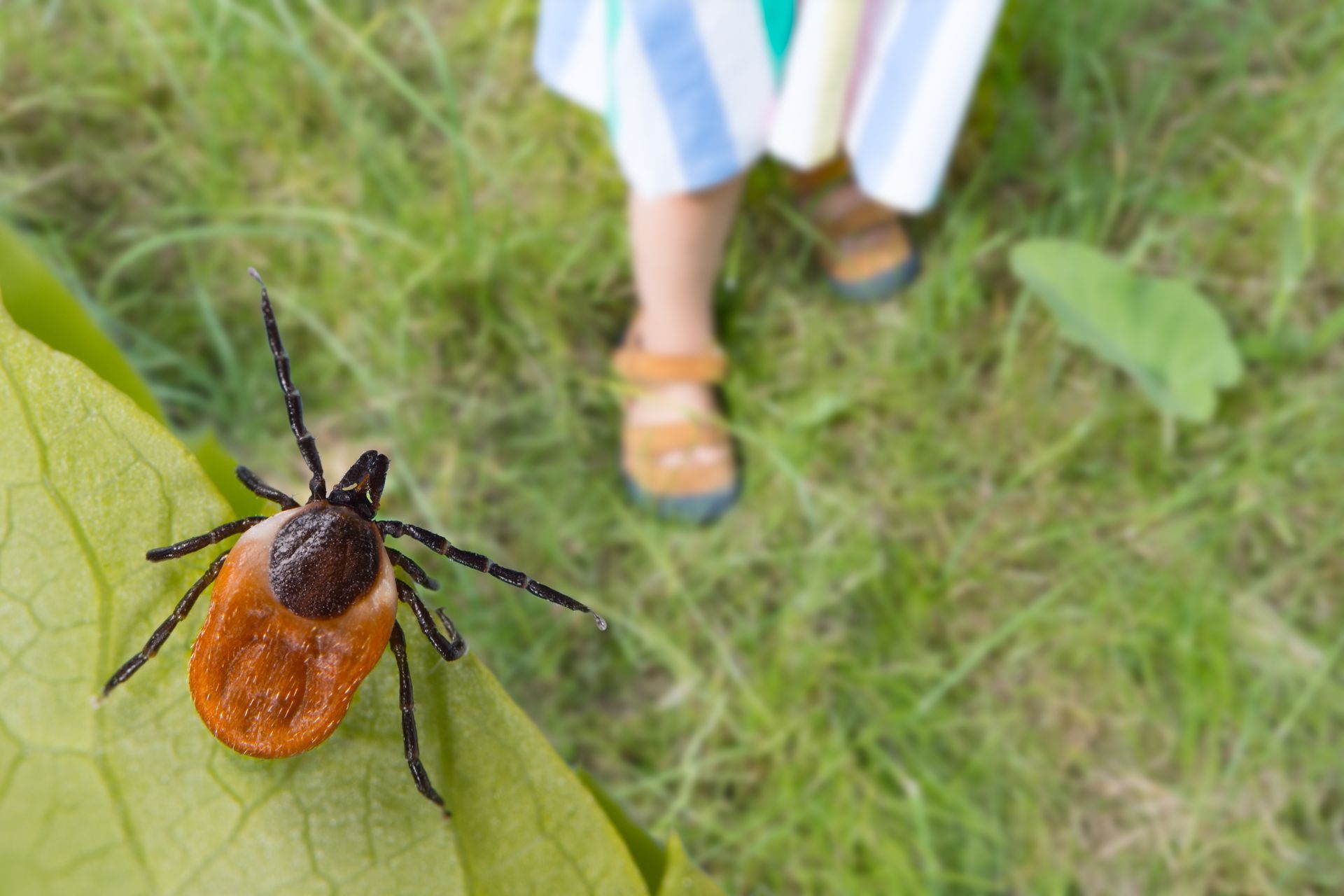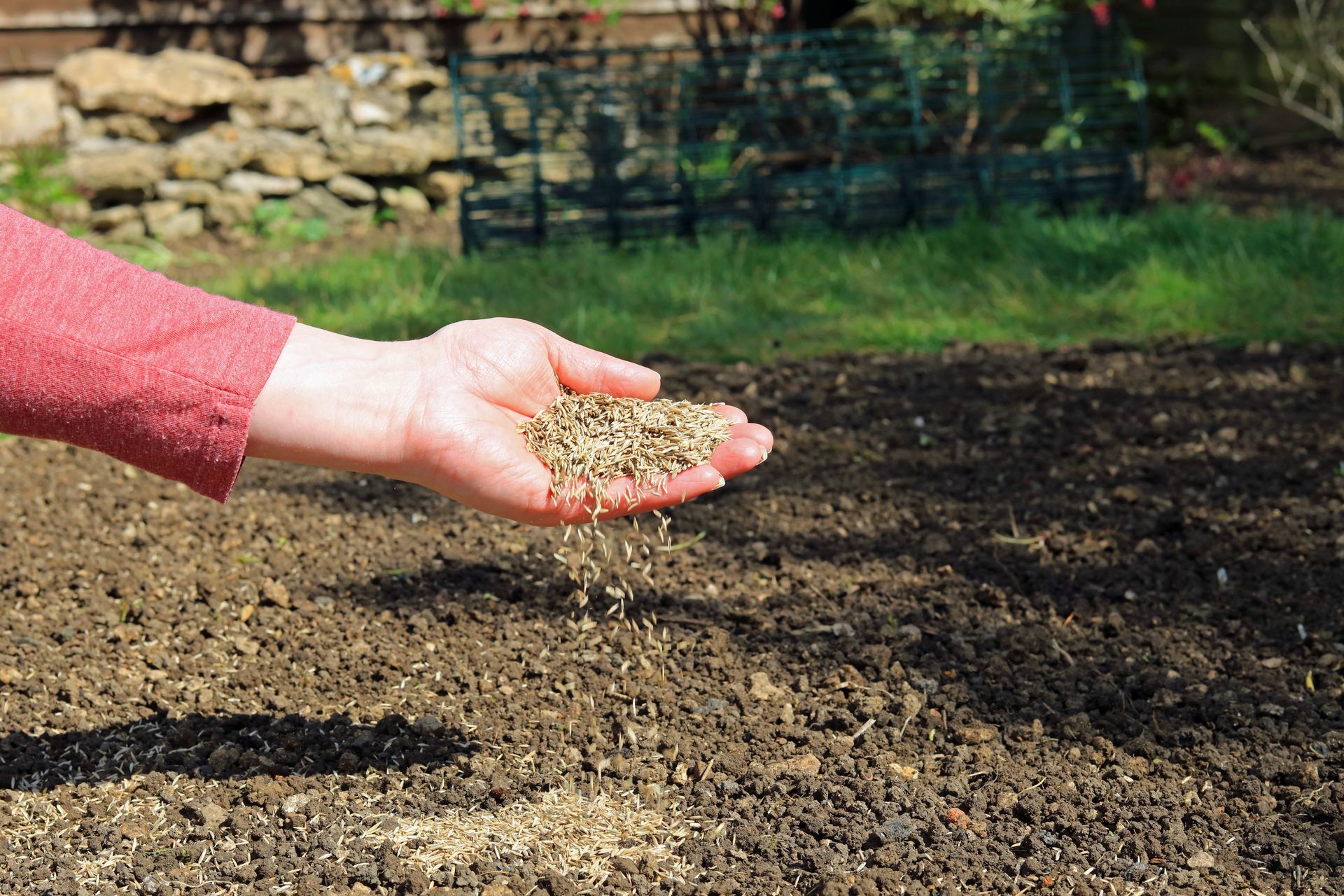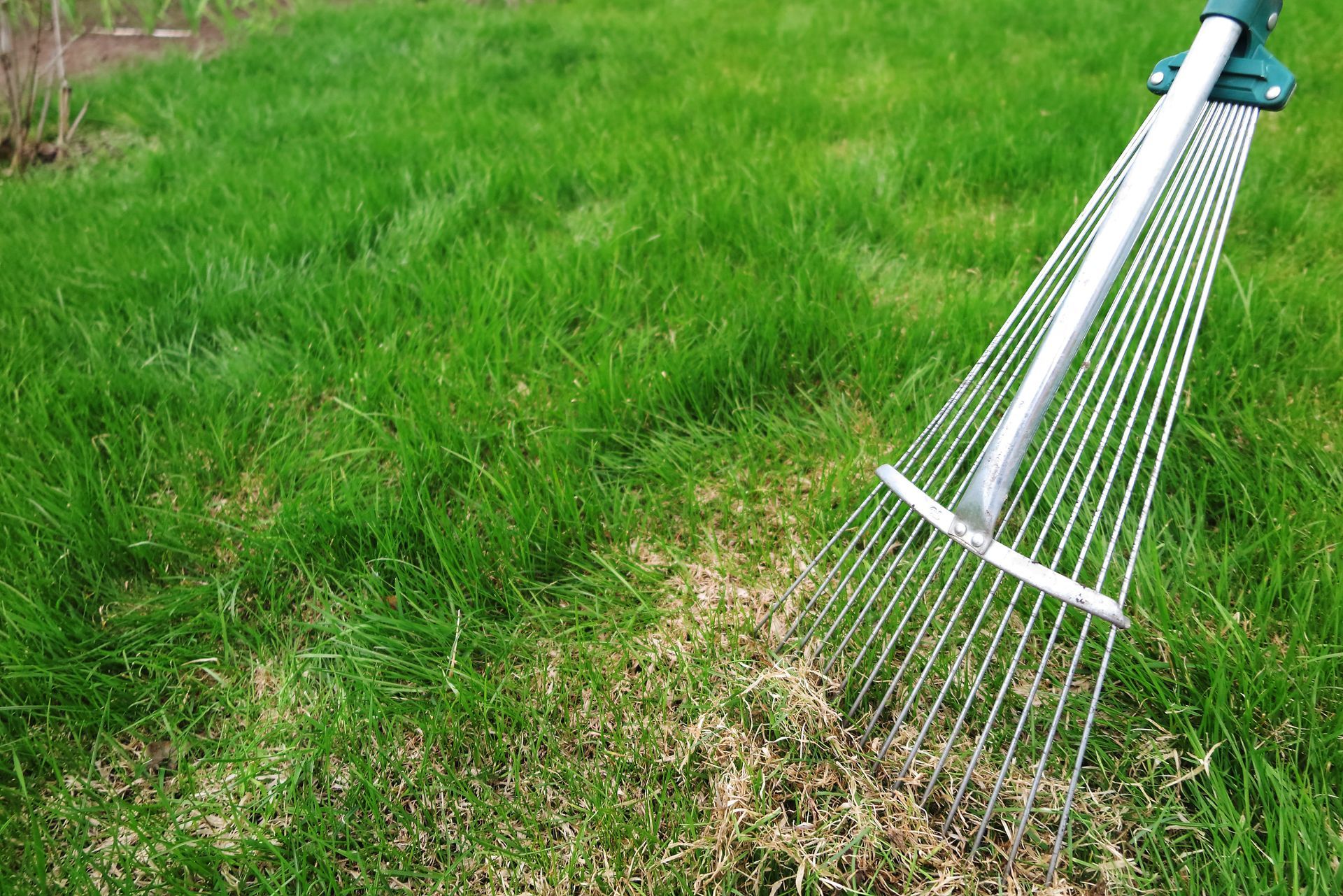February 27, 2023
Reclaim Your Southeast Michigan Yard From Mosquitoes, Ticks, and Fleas
In June, summer is just getting started in Southeast Michigan. The warming temperatures are like a welcome beacon for an insect invasion. And while you’re prepping the grill for a Saturday or Sunday feast, mosquitos, ticks, and fleas are looking for a meal of their own. So what’s the best way to protect your family, friends, and pets? Here are a few ideas for fighting back.
How To Spot Hiding Places In Your Yard
Understanding what mosquitoes, ticks, and fleas need to live and breed is the first step in making your yard uninhabitable for these dangerous pests. All three need blood to survive and multiply, but they each require different types of environments.
Mosquitoes
Mosquito larvae and pupa grow to adulthood in
water. The water is usually still or has very little flow. Birdbaths, flower pot saucers, pools, and buckets are natural water holders, but even toys left behind by the kids or the dog can hold standing water. Once a week, check these hotspots and dump them out.
Fleas
Fleas love shade! They also gravitate towards moist areas and can also hitch a ride into your yard via rodents, possums, and other wildlife. Avoid overwatering during the summer months and keep your yard cut short to open up the soil to sunlight. Remove debris like leaves, grass cuttings, and even low-hanging plants. Consider closing off spaces where wildlife can hide, crawl spaces, or under the porch.
Ticks

Ticks can be active day or night, especially in a wet and humid environment. An associate professor at Michigan State University’s Department of Fisheries and Wildlife,
Dr. Jean Tsao has studied ticks for two decades. She says they tend to burrow in high grass, leaf litter, or trash on the ground where it’s moist. Clear leaves and twigs once a week and bag up or widely disperse grass cuttings immediately after yard work.
How To Keep Pests From Biting You
Generally speaking, mosquitoes, fleas, and ticks can’t bite through clothing. However, it’s not realistic to cover up in the summer heat. Luckily, there are some things you can try to help repel these pests:
- EPA-Registered Insect Repellent
- Treat Clothing With Repellent
- Citronella Candles
- Plants such as Rosemary, Catnip, and Lemongrass
- Essential Oils like Eucalyptus and Lavender
Mosquitoes, Fleas, and Ticks Carry Deadly Disease
Insect bites are itchy and annoying, but some can be dangerous. Mosquitoes, fleas, and ticks can carry deadly diseases like West Nile Virus, Lyme, Malaria, Zika, and Dengue Fever. According to the CDC, illnesses from these insect bites are increasing. From 2004 to 2016, seven new germs were discovered and said to be able to infect people through tick bites. So it’s essential to make sure your yard does not become a haven for pests.
Save Summer For Your Family

The experts at
Visionary Fertilization know a thing or two about fighting pests. We’ve developed an
eco-friendly strategy designed to keep mosquitoes, ticks, and fleas away for the whole summer. Not only that, but our team can provide single sprays before a big party or for any special event. Give us a call today at
586-525-7992 or
click here for an instant quote.




